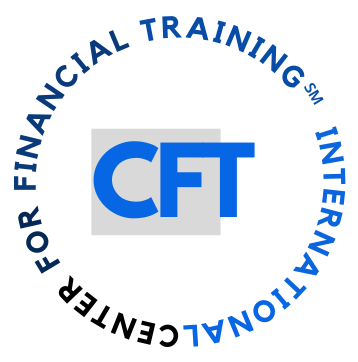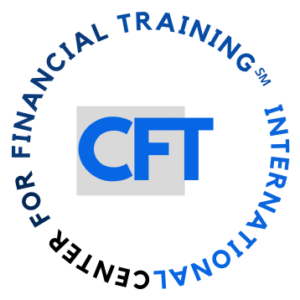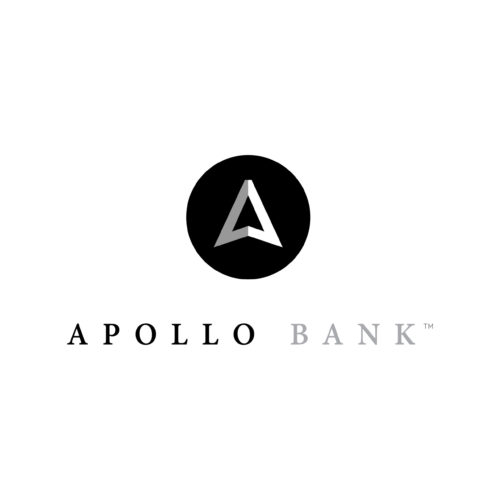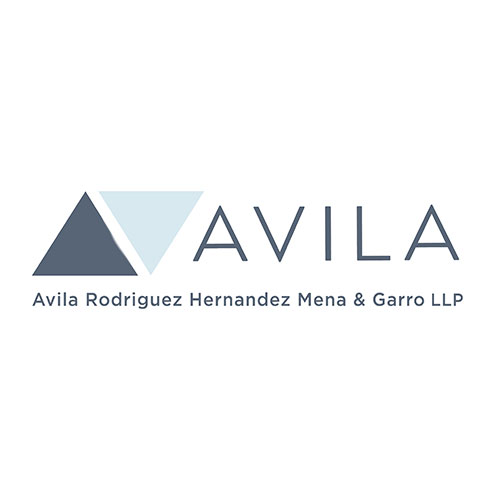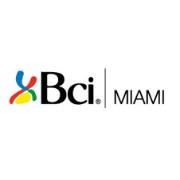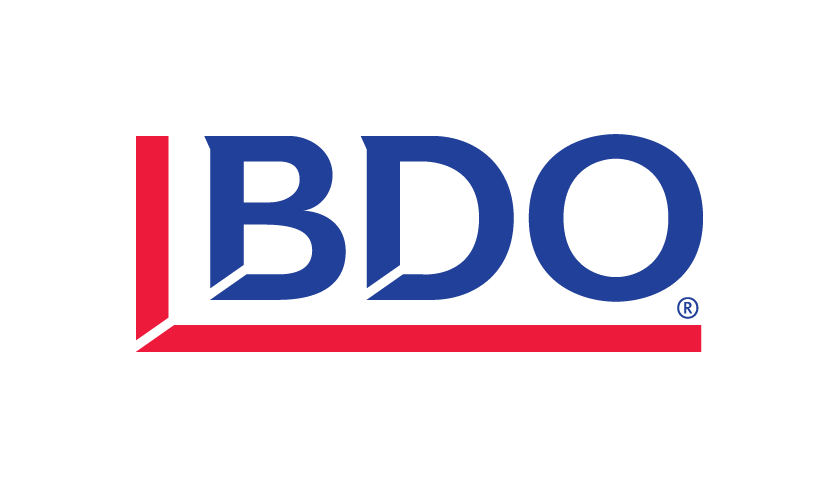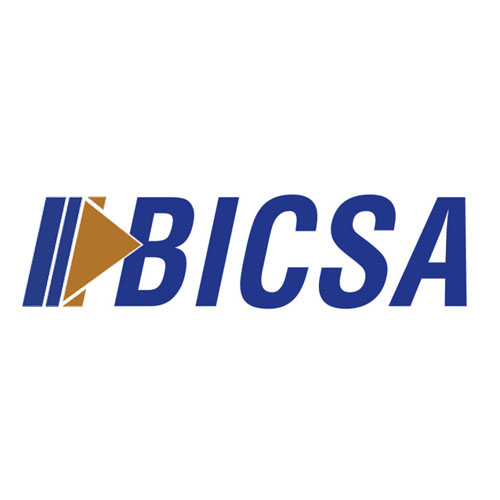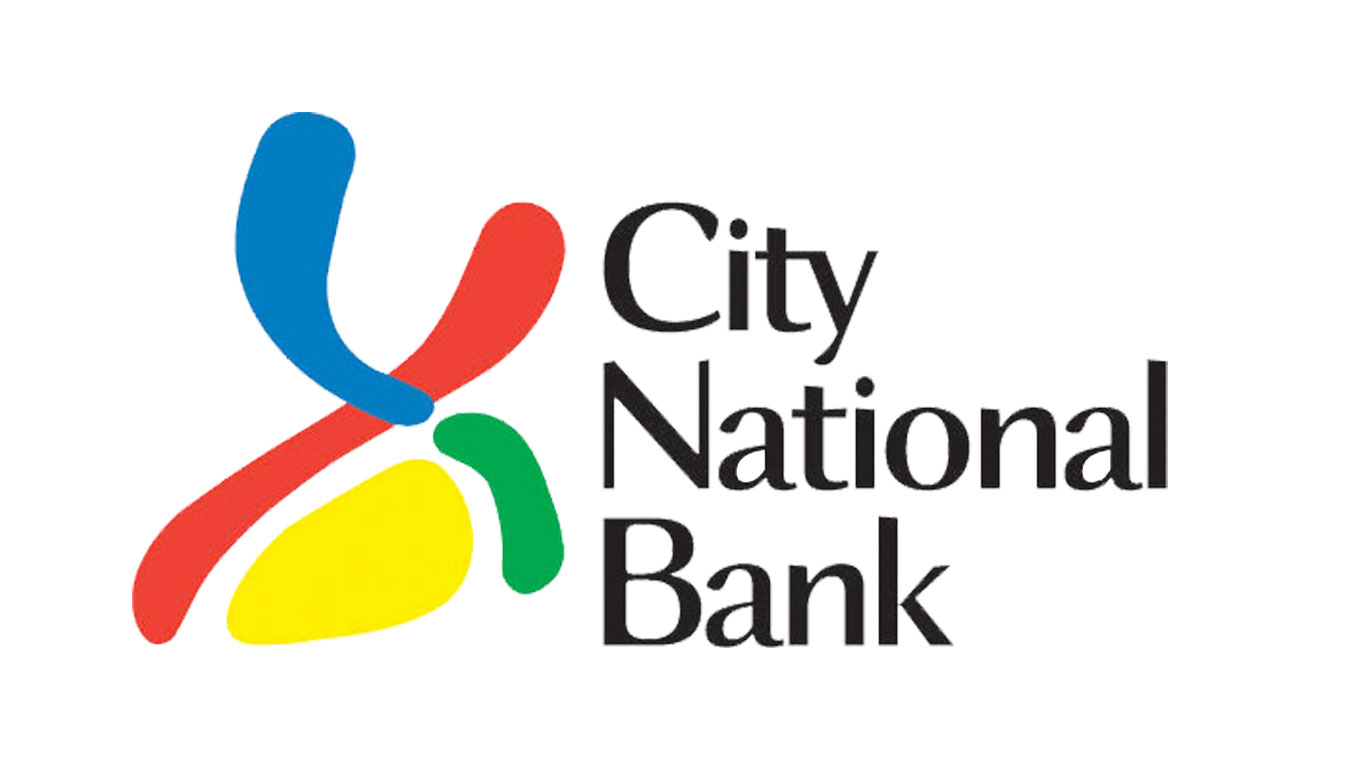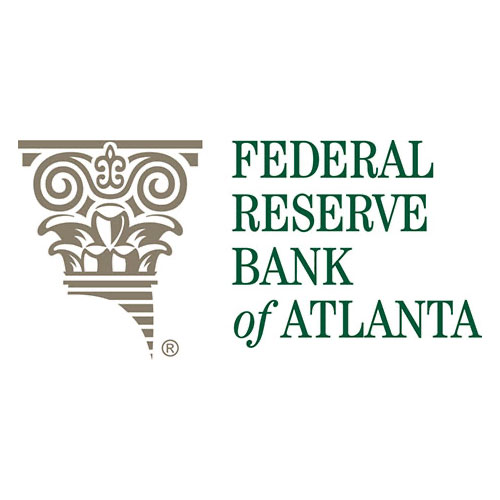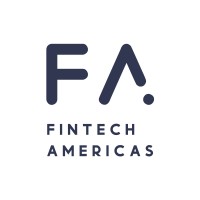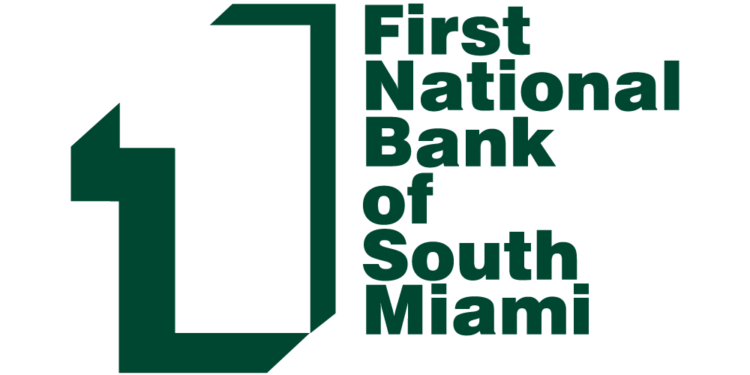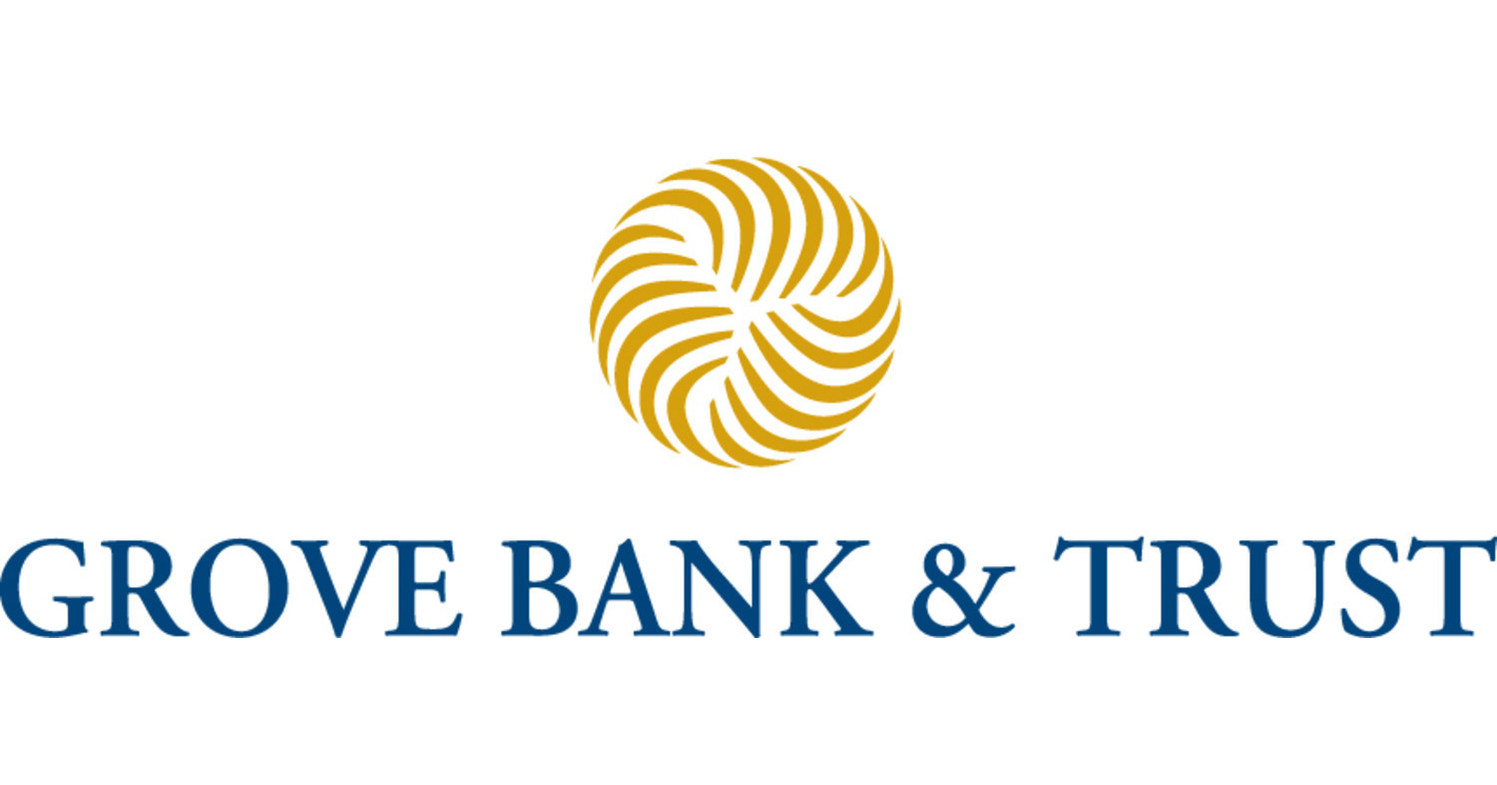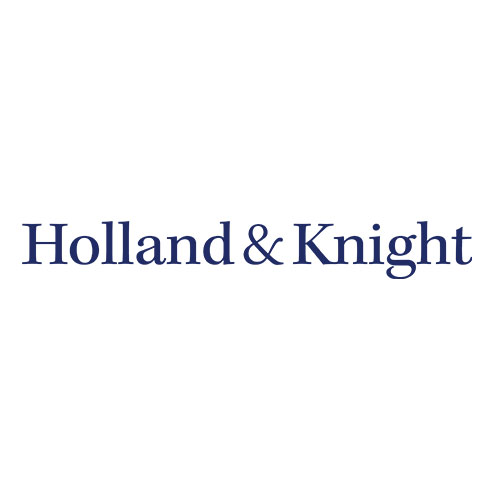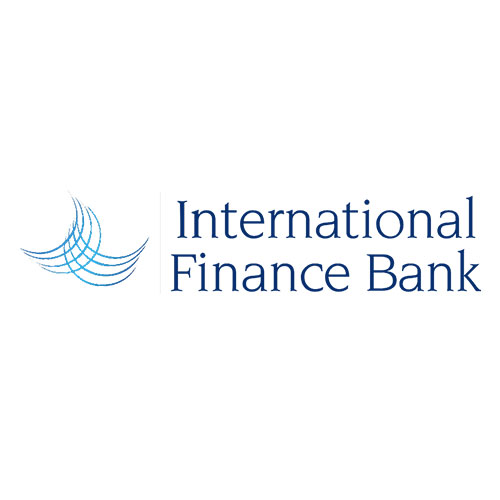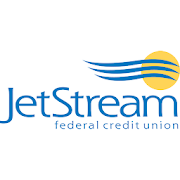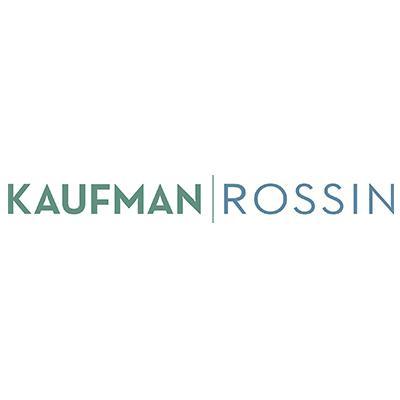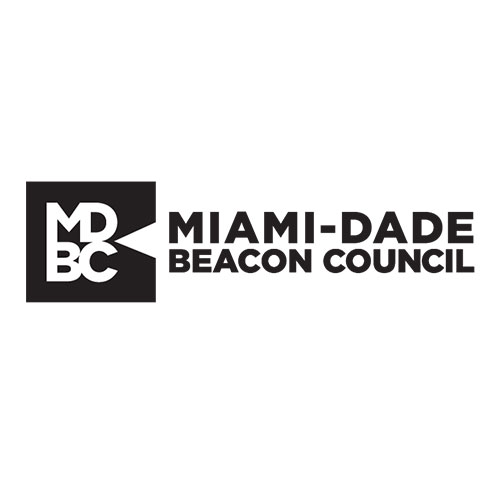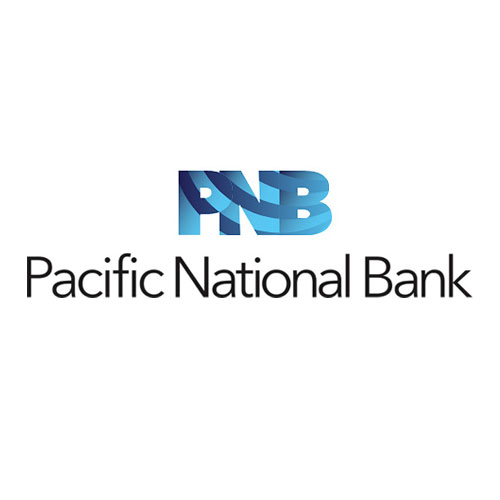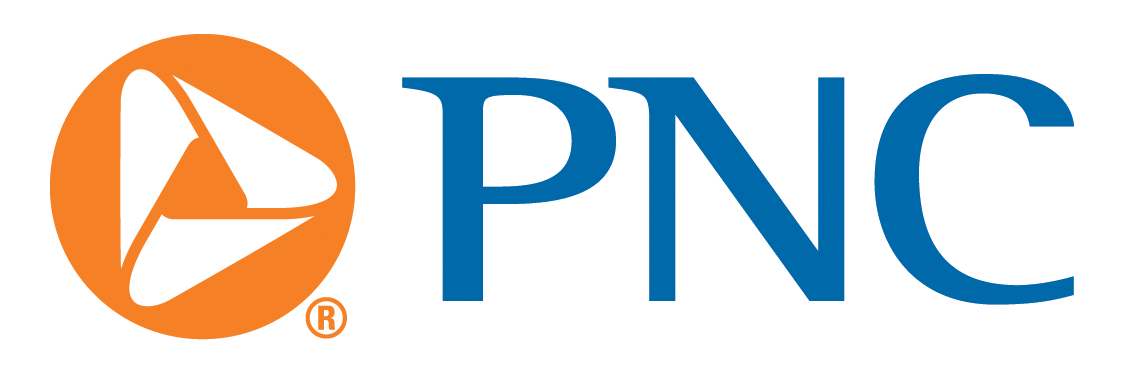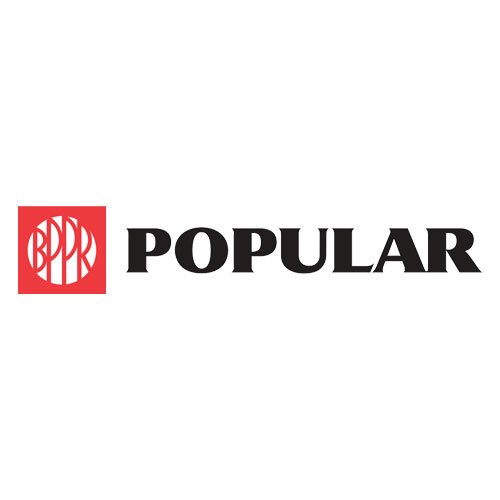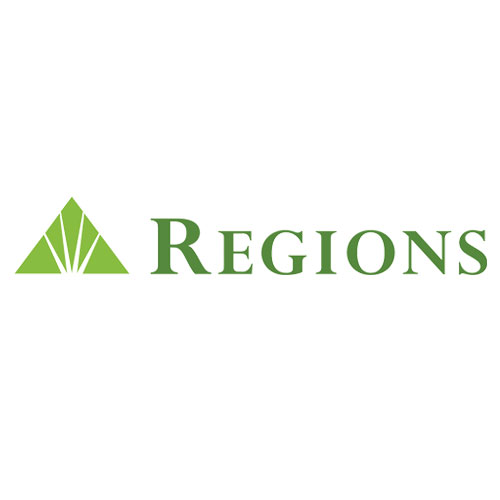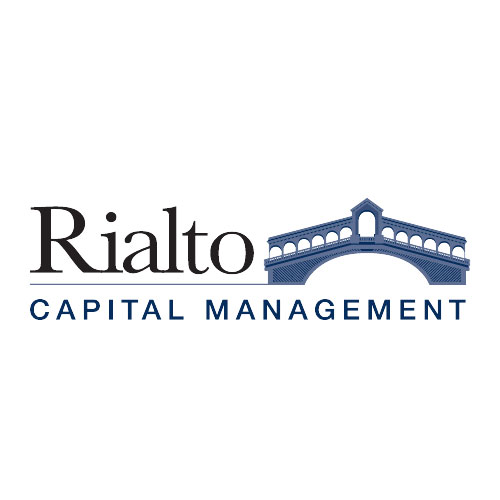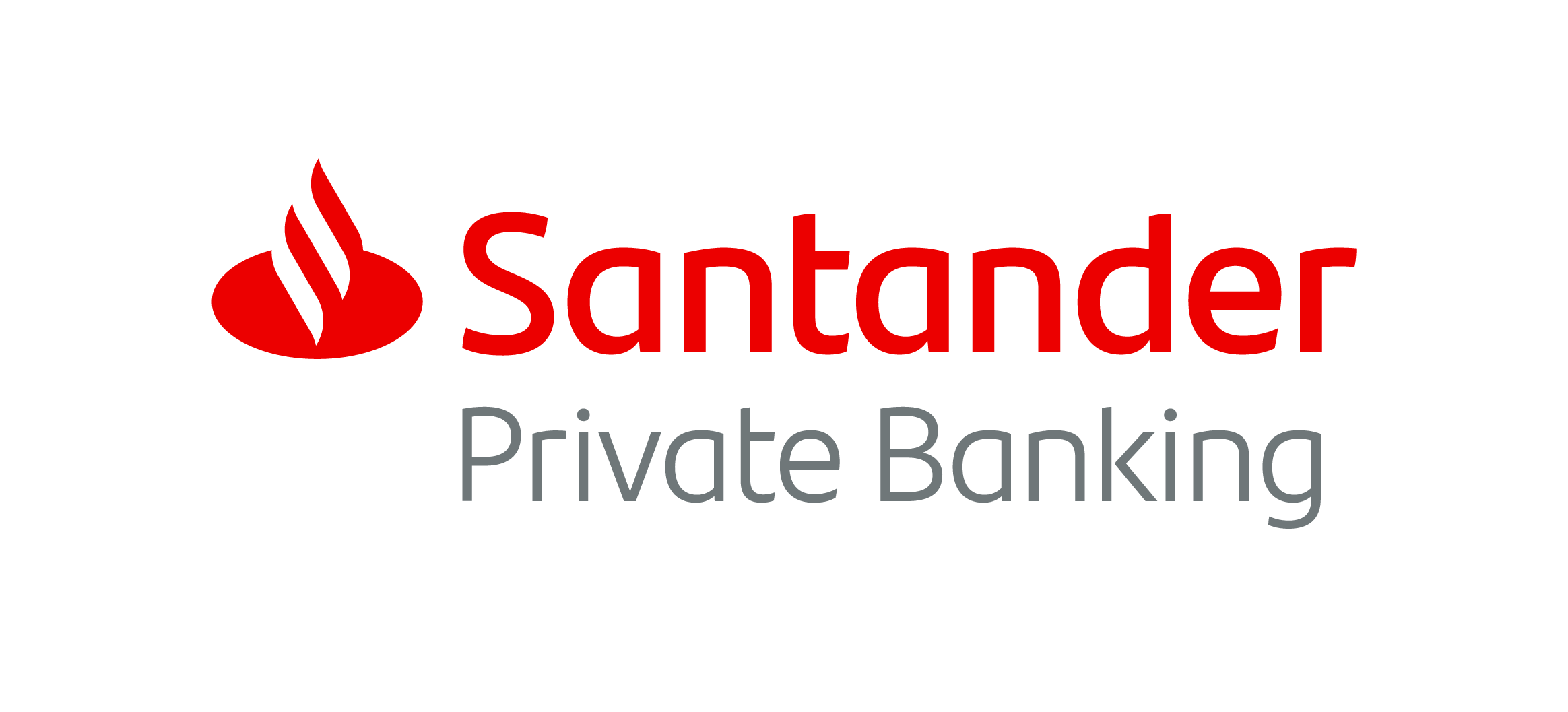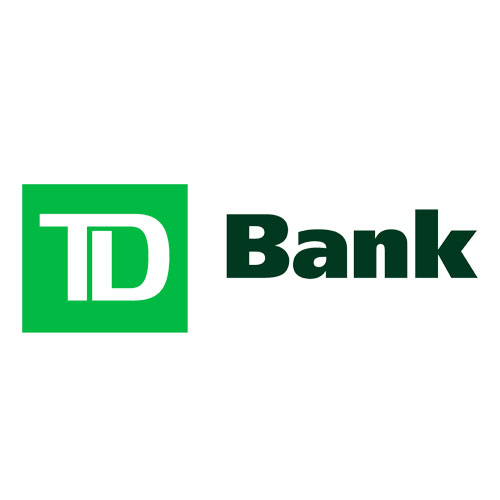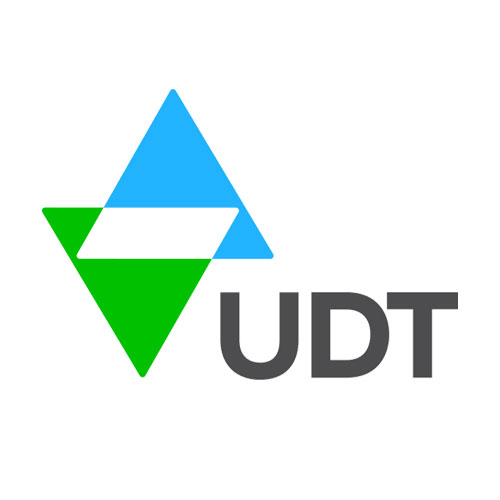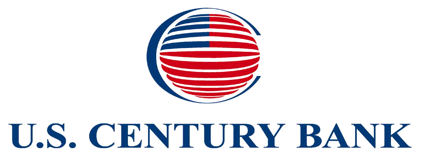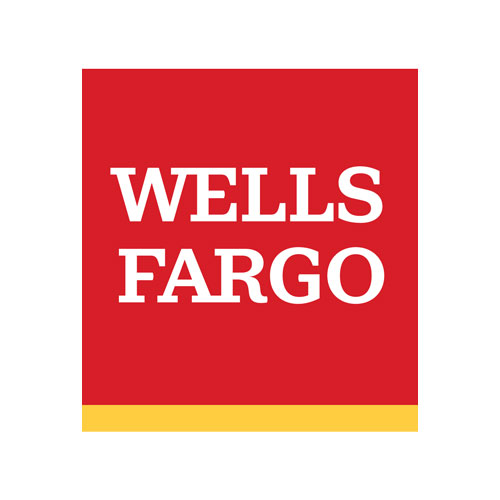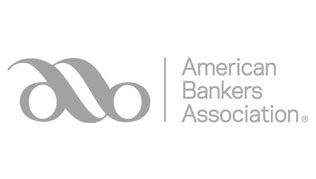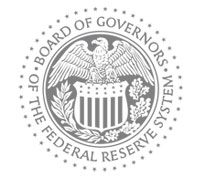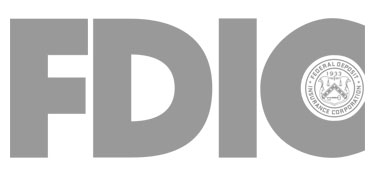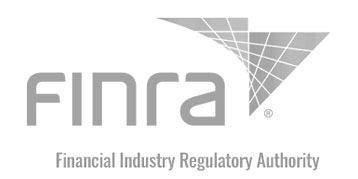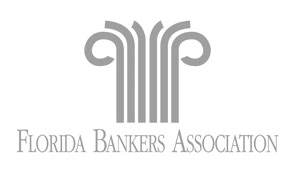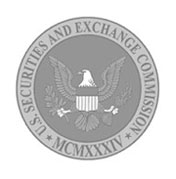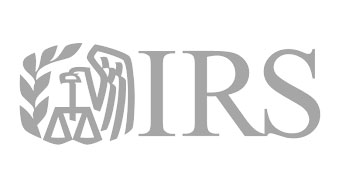Description
Notice: This curriculum is unavailable until further notice while Risk Management Association (RMA) implements content modifications. Please check back periodically for updates.
Topics in how to assess various borrowing structures, identify issues involving owner occupied lending, determine loan documentation, as well as due diligence considerations and;how to identify key components of CRE Loan structure.
Produced by the Risk Management Association
Courses*
*Only available as a series
CRE-LDP 5.1 – Borrowing Structures and Owner-Occupied Properties
CRE-LDP 5.2 – Documentation, Due Diligence, and Loan Structure
What You’ll Learn
After completing this series, students will be able to:
Identify the strategic advantages and disadvantages of various forms of business ownership
Identify the primary tax returns used for each borrowing entity and the sections that provide valuable financial information for loan underwriting
Identify the ways cash moves among business entities
Identify the decision-making process for an owner-occupant when either purchasing or leasing a building
Identify repayment sources, their hierarchy, and their co-dependence for owner-occupied loans
Determine how to structure owner-occupant loans to address unique attributes such as holding company structure, property condition, and valuation issues
Identify key elements in the SBA 504 program to finance owner-occupied real estate
Identify the key instruments necessary to document a loan transaction and perfect a lien on collateral
Identify organizational documents required for various entity forms and execution requirements
Recognize key elements of due diligence to be submitted and reviewed prior to closing
Evaluate and interpret the findings of a title policy
Identify key components of CRE loan structure
Demonstrate the use of loan covenants and other techniques to protect property cash flow and property value
Identify how permanent market pricing and loan structure differs from and influences the traditional bank market
